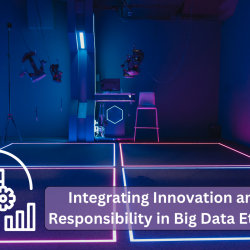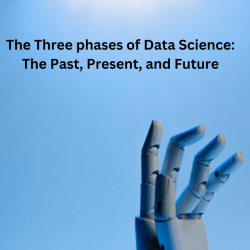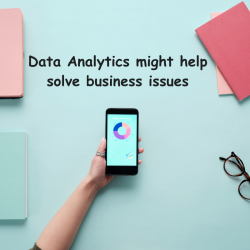Google will mix a Chatbot with Generative AI and a Virtual Assistant

Introduction Explanation of Google’s new integration plan
Welcome to the world of Google‘s new integration plan! The tech giant is always pushing boundaries and finding innovative ways to enhance user experience. And this time, Google is taking a new approach to AI technology with its recent announcement of combining a chatbot, generative AI, and virtual assistant.
Firstly, let’s break down what each of these technologies does. A chatbot is a computer program designed to simulate conversation with human users. It uses prewritten scripts or natural language processing to engage in conversations and assist users.
Now, you must be wondering how this combination will work together. According to Google, they aim to create a more seamless and advanced user experience by bringing these technologies together. Imagine having a chatbot that can generate personalized responses based on your previous interactions with it.
Understanding Chatbots and Generative AI
In today’s digital age, technology has advanced to the point where machines can simulate human conversation and generate responses on their own. Two of the most talked about technologies in this field are chatbots and generative AI. And now, Google has announced its plan to combine these two technologies with virtual assistants, creating a buzz in the tech community.
Let’s start with the basics: what exactly are chatbots and generative AI? Chatbots are computer programs designed to mimic human conversation through text or voice. They use natural language processing (NLP) and machine learning algorithms to understand and respond to user queries.
Now, how will Google mix these two technologies with virtual assistants? The tech giant has not disclosed many details about this project, but it’s safe to assume that they will leverage their expertise in NLP and deep learning to create a more advanced chatbot with generative capabilities.
The Benefits of Using Chatbots with Generative AI
Let’s start by understanding what Generative AI is. It is a form of AI that creates original content based on training data fed into it. In simple terms, it learns from past conversations and uses that information to generate responses in real time. On the other hand, Virtual Assistants are traditionally rule based and follow predetermined scripts for answering queries.
One key benefit of using chatbots with generative AI is enhanced customer engagement. With the ability to understand natural language and context, these chatbots can hold meaningful conversations with users, making them feel like they are talking to a real person.
Moreover, incorporating Generative AI into chatbots can save time for businesses significantly. A traditional chatbot can only provide pre programmed responses based on specific keywords or phrases entered by users. This means that if a user asks a question outside the programmed responses, the chatbot may not be able to assist them effectively.
Utilizing Virtual Assistants with Chatbot and Generative AI Technology
First, let’s understand the role of virtual assistants in this mix. Virtual assistants are computer programs that can communicate with humans and assist them with tasks and inquiries. They use natural language processing (NLP) to understand the user’s query and provide an appropriate response.
Now, let’s dive into chatbots – conversational AI tools that mimic human conversation through text or voice interactions. With advancements in AI technology, chatbots have become more sophisticated and can handle complex conversations efficiently. They are designed to interact with users in a natural way, making it easier for them to get the information they need.
Finally, we have generative AI technology – an innovative approach that uses algorithms to generate new content such as text or images. This technology has gained popularity in recent years due to its ability to produce high quality content quickly and accurately.
Potential Challenges in Implementing this Integration Approach
Google is one of the companies leading this integration approach. Google has announced plans to combine a chatbot with generative AI and a virtual assistant, which has sparked curiosity and excitement among tech enthusiasts. However, while this approach has its benefits, it also comes with its fair share of potential challenges that need to be addressed.
One challenge in implementing this integration approach is managing and combining different technologies. Each technology has its unique programming language, data processing methods, and algorithms. Integrating them requires a deep understanding of each technology’s functionalities to ensure smooth functionality.
Another challenge is ensuring compatibility between the technologies. For instance, chatbots primarily rely on pre programmed responses while virtual assistants use machine learning algorithms to understand natural language and provide personalized responses.
The powerful combination of chatbot, generative AI, and virtual assistant can revolutionize user experience by providing efficient personalized services
Firstly, let’s understand what each of these components entails. Chatbots are computer programs designed to simulate conversation with human users. They use natural language processing (NLP) and machine learning algorithms to understand and respond to user queries in a conversational manner.
So how do these three elements work together? Let’s take the example of Google, which recently announced its plans to combine a chatbot with generative AI and virtual assistant. This coming together creates an all encompassing platform that can understand, learn from, and adapt to user behavior while providing personalized services.
The chatbot layer acts as the first point of contact for customers, handling initial queries and requests through human-like conversations. As chatbots continue to interact with users, they gather data on their preferences and behaviors, which is then fed into the generative AI layer.
Check Out:






Ingen kommentarer endnu